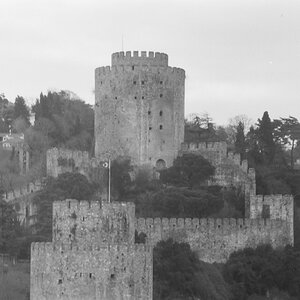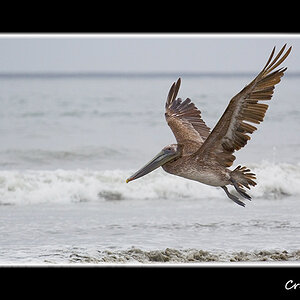SuzukiGS750EZ
No longer a newbie, moving up!
- Joined
- Oct 5, 2016
- Messages
- 728
- Reaction score
- 145
- Location
- Connecticut
- Can others edit my Photos
- Photos OK to edit
I know everybody's version of affordable and quality are different, so I'm looking for opinions. I use and collect knives and fishing gear so my opinion of quality and price differ substantially from others. What I'm asking is for lenses that produce great images at their price point. I have a 75-300 canon non IS as well as the 1.8 50mm and the 18-55 kit lens from a rebel xti. I use the 50mm the most due to it being faster and achieving focus well. Very rarely do I use the 18-55. I use the 75-300 for nature shots or some sports, but I realize with these 3 lenses I apply them to the job rather than having an assortment or one that would work better in that environment. I love prime lenses but would like to have one longer range zoom. I shoot with an 80d. Not rich by any means but would like to maybe trade in the 3 and buy one nice one for now







![[No title]](/data/xfmg/thumbnail/34/34145-b89ccc67a24004d6d7a9026a7395914b.jpg?1619736318)





